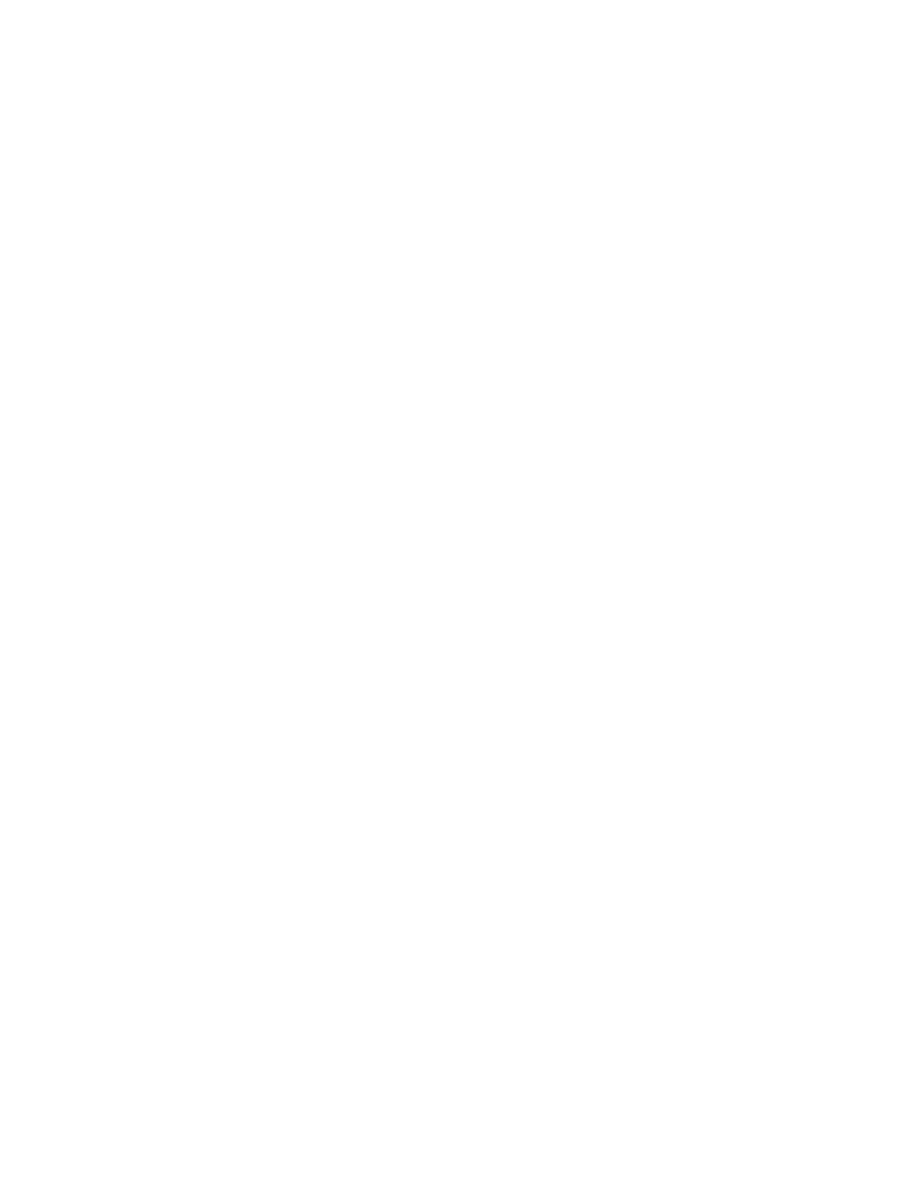
322
the bill were duped; others were bribed; others were intimidated. The
preface to the Federal Reserve Act reads "An Act to provide for the
establishment of Federal reserve banks, to furnish an elastic currency,
to afford means of rediscounting commercial papers, to establish a
more effective supervision of banking in the United States, and for
other purposes." The unspecified "other purposes" were to give
international conspirators a monopoly of all the money and credit of
the people of the United States; to finance World War I through this
new central bank, to place American workers at the mercy of the
Federal Reserve system’s collection agency, the Internal Revenue
Service, and to allow the monopolists to seize the assets of their
competitors and put them out of business.
Q: Is the Federal Reserve system a government agency?
A: Even the present chairman of the House Banking Committee claims
that the Federal Reserve is a government agency, and that it is not
privately owned. The fact is that the government has never owned a
single share of Federal Reserve Bank stock. This charade stems from the
fact that the President of the United States appoints the Governors of
the Federal Reserve Board, who are then confirmed by the Senate. The
secret author of the Act, banker Paul Warburg, a representative of the
Rothschild bank, coined the name "Federal" from thin air for the Act,
which he wrote to achieve two of his pet aspirations, an "elastic
currency", read (rubber check), and to facilitate trading in
acceptances, international trade credits. Warburg was founder and
president of the International Acceptance Corporation, and made
billions in profits by trading in this commercial paper. Sec. 7 of the
Federal Reserve Act provides "Federal reserve banks, including the